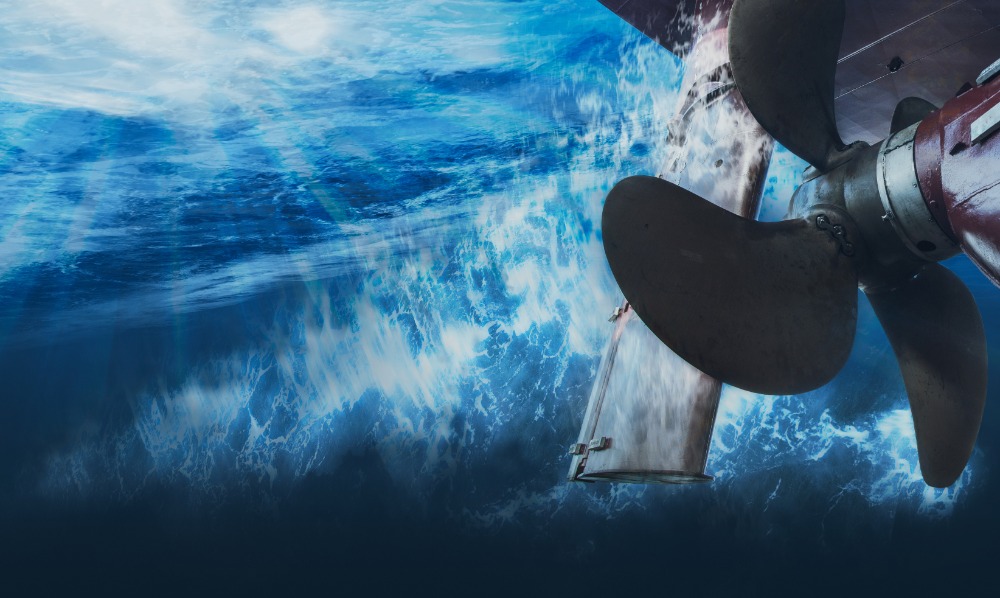New technology reduces noise generated by propeller cavitation
PressurePores mitigates a vessel’s environmental impact by strategically placing holes in the tips of propellers…
Underwater radiated noise (URN) is one of the most adverse environmental by-products from the maritime industry. Increased levels of noise, especially in the low-frequency range, disorientates marine fauna and disrupts their communication signals, leading to behavioural changes, death or even local extinction. Yet, unlike other forms of marine pollution, there is no legislation in place to prevent this type of environmental damage.
URN originates from various sources on board a vessel, with propeller cavitation, especially tip vortex cavitation (TVC), considered to be the dominant source. Oscar Propulsion, an innovation and technology-transfer company focused on improving blade-based propulsion in water and air, has developed the patented PressurePores technology to greatly reduce propeller TVC and URN.
PressurePores involves the strategical placing of a relatively few small holes in the tips of propellers where TVC is generated. The system has a major mitigating effect on TVC and URN with minimal loss of efficiency in normal operation. Developed with Strathclyde University’s Naval Architecture Ocean and Marine Engineering Department the technology is now available to propeller designers, shipbuilders and shipping companies.
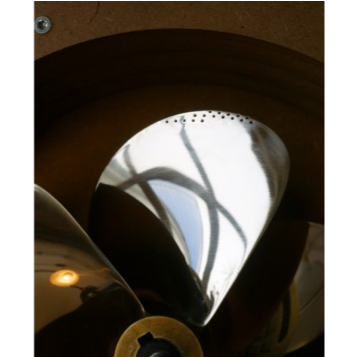
While introducing holes in propeller blades to reduce cavitation is not in itself new, achieving high levels of noise reduction by strategically placing holes and maintaining efficiency is. “People have been trying to put holes in propellers for a long time, but have not been able to do so without affecting the efficiency of the propeller or achieving a substantial noise reduction,” explains David Taylor, CEO of Oscar Propulsion.
PressurePores originated from an Oscar Propulsion-commissioned study with Strathclyde University designed to explore the merits of implementing pressure relieving holes on marine propellers, with the aim of reducing TVC and URN. To accomplish this, comprehensive computational fluid dynamics (CFD) based simulations were conducted.
The project aimed to find the optimal arrangement of holes in terms of number, shape, size and distribution for any propeller type. Through CFD modelling, it was discovered that the optimum number of holes could be as few as 17 per blade tip so long as they were placed in the most effective positions. “It’s not a case of simply drilling holes into the blades, as this will affect the propeller’s thrust capability and efficiency,” adds Taylor.
Cavitation tunnel tests were also carried out on model propellers at Newcastle University and Genoa University. The Genoa tests showed remarkable URN reductions of up to 17dB, with spike reductions of 21dB also observed. Cavitation volume reductions of 13.8 per cent were observed.
The technology is very applicable to superyachts, not only for its ability to substantially reduce underwater noise, but to increase passenger comfort levels as well...
PressurePores can be incorporated into new propellers or can be retrofitted to existing propellers either in drydock or possibly in-water. The technology can be applied to all types of propellers, including pods and thrusters and is very applicable to superyachts, not only for its ability to substantially reduce underwater noise, but to increase passenger comfort levels as well.
“On the whole, superyachts have traditional propeller design, so the technology could be applied on superyachts in the same way as any other vessel,” advises Taylor. “For a superyacht, a major benefit of PressurePores would be increased guest and crew comfort. As well as making noise, propeller cavitation causes pressure pulses against the hull, which causes vibration, so PressurePores increases comfort by reducing both noise and vibration levels.”
URN is now being recognised as a growing environmental problem. Ports and harbours around the world are starting to introduce regulations for noise levels. One example is the Port of Vancouver, where incentives in the form of port fee reductions were introduced in January 2017, allowing the Vancouver Fraser Port Authority to contribute to managing the impact of noise from shipping activities on at-risk whales throughout the southern coast of British Columbia.
IMO regulations regarding URN levels might also be in the pipeline which, if the case, could mean PressurePores is a game changer. “If the IMO knew that there was a technology available that could quieten all boats inexpensively, it could make the regulations mandatory now,” asserts Taylor. “We believe we have the solution to the problem of noise from shipping.”
So far, industry reaction to the technology has been positive. “We have to accept that the industry is very conservative when it comes to propellers as they are a very important part of the vessel,” explains Taylor. “But we have had meetings with propeller designers and manufacturers where we have been able to address each one of their concerns.”
Oscar Propulsion is now looking to license the technology for manufacturers to apply to propellers around the world, and is planning a trial with a major superyacht manufacturer this year.
NEW: Sign up for SuperyachtNewsweek!
Get the latest weekly news, in-depth reports, intelligence, and strategic insights, delivered directly from The Superyacht Group's editors and market analysts.
Stay at the forefront of the superyacht industry with SuperyachtNewsweek
Click here to become part of The Superyacht Group community, and join us in our mission to make this industry accessible to all, and prosperous for the long-term. We are offering access to the superyacht industry’s most comprehensive and longstanding archive of business-critical information, as well as a comprehensive, real-time superyacht fleet database, for just £10 per month, because we are One Industry with One Mission. Sign up here.
Related news
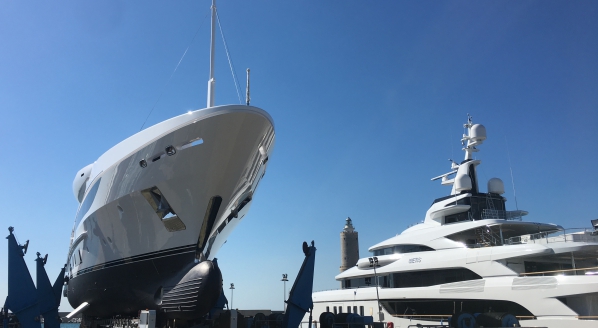
The impending threat of IMO Tier III regulations to sub-500GT yachts
SuperyachtNews speaks to Azimut Benetti about the impending regulations
Technology

Teakdecking Systems partners with The Nature Conservancy
The partnership will work towards improving forestry practices and fighting illegal logging in Myanmar
Technology
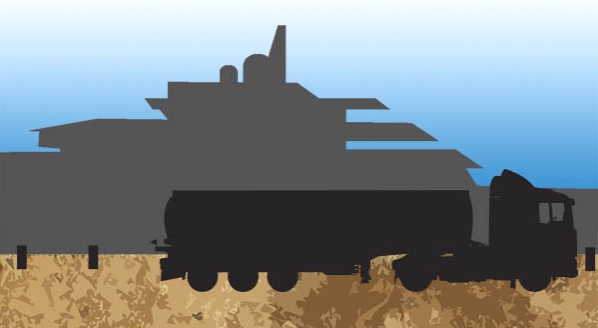
The drawback of low-sulphur fuel
The increasingly low sulphur content in fuels can cause the severe corrosion of fuel tanks on board
Crew
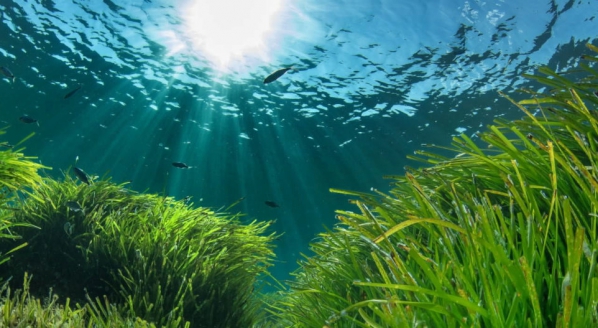
Superyachts will no longer be able to anchor in areas of seagrass
However, questions remain over the implementation of France's new prohibitive anchorage laws
Crew
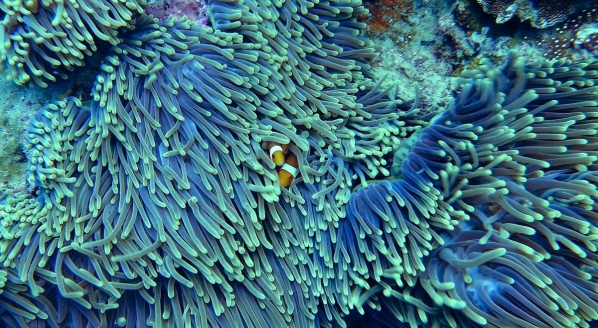
Environmental ego
Is environmental ego the next big motivator? My superyacht is greener than yours
Owner

The Poseidon Principles
A group of leading ship finance banks have developed a framework for sustainable lending
Business
Related news
The drawback of low-sulphur fuel
6 years ago
Environmental ego
6 years ago
The Poseidon Principles
6 years ago
NEW: Sign up for
SuperyachtNewsweek!
Get the latest weekly news, in-depth reports, intelligence, and strategic insights, delivered directly from The Superyacht Group's editors and market analysts.
Stay at the forefront of the superyacht industry with SuperyachtNewsweek


